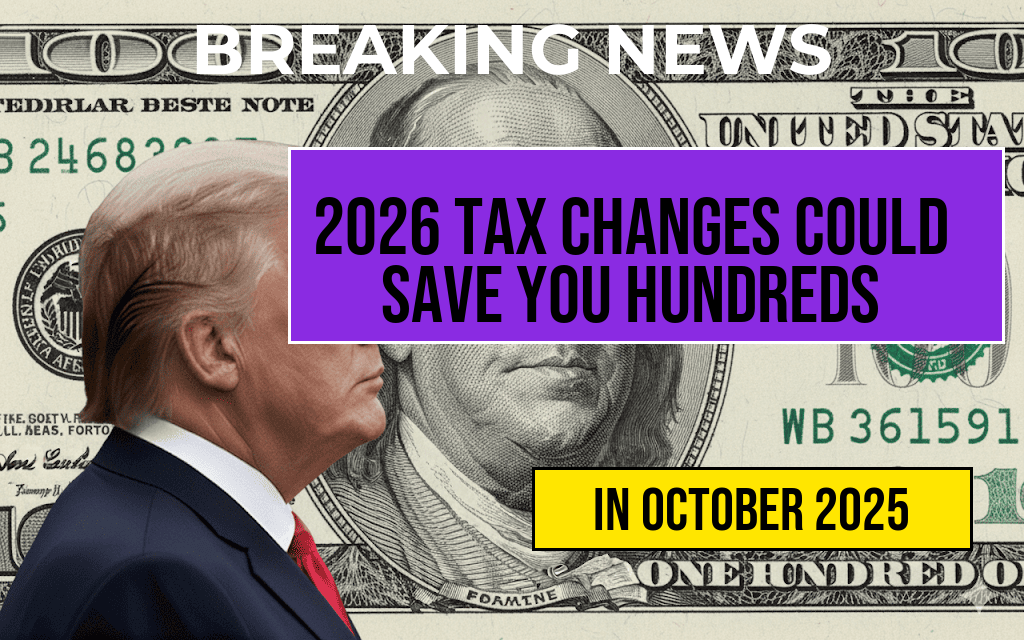The federal government has announced a new initiative aimed at supporting the education and career development of future professionals in critical fields such as medicine and law. Starting in 2024, the federal loan cap for medical and law school graduates will be set at $50,000 annually, with a total maximum loan limit of $200,000 by 2026. This policy is designed to ease the financial burden on students entering these professions, addressing the increasing costs of higher education and the debt crisis facing new graduates. The initiative is expected to help attract and retain talent in essential services, thereby enhancing the overall quality of healthcare and legal representation in the United States.
Understanding the New Loan Cap
The decision to impose a cap on federal loans for doctors and lawyers comes amid growing concerns about student debt levels, which have skyrocketed over the past decade. According to the Federal Reserve, student loan debt in the U.S. has surpassed $1.7 trillion, with professionals in these fields often accumulating the highest amounts due to lengthy and expensive educational programs.
Details of the Loan Structure
Beginning in 2024, students enrolled in accredited medical and law schools will be eligible for federal loans capped at $50,000 per academic year. The maximum total loan amount that can be borrowed throughout the duration of their studies will be $200,000 by the year 2026. This structured approach aims to provide sufficient financial support while encouraging responsible borrowing practices among students.
Key Features of the Loan Program
- Annual Loan Limit: $50,000 per year
- Total Loan Cap: $200,000 by 2026
- Eligibility: Accredited medical and law school students
- Interest Rates: To be determined based on federal guidelines
Implications for Students and Professionals
With the new loan cap in place, students can expect a more manageable debt load upon graduation. The policy is anticipated to significantly impact the decision-making process for prospective students considering careers in law and medicine. By limiting the amount of debt that can be incurred, the government aims to foster an environment where graduates can pursue their chosen professions without the overwhelming burden of debt.
Experts suggest that this initiative could lead to increased enrollment in both medical and law schools, as potential students may feel more confident about their financial futures. Additionally, it may encourage graduates to enter public service roles or lower-paying specialties, knowing that their debt will be more manageable.
Challenges Ahead
While this initiative represents a progressive step towards addressing student debt, challenges remain. Critics argue that capping loans does not address the underlying issues of rising tuition costs and the financial sustainability of higher education institutions. Furthermore, there are concerns about whether the capped amounts will be sufficient to cover all necessary expenses, including living costs, textbooks, and other fees.
Potential Revisions and Future Considerations
As the new loan cap takes effect, policymakers will need to monitor its impact closely. Adjustments may be necessary based on feedback from students, educational institutions, and industry professionals. Ensuring that the loan caps align with the actual costs of education will be crucial for the policy’s long-term success. Moreover, discussions about broader reforms in higher education funding are likely to continue as stakeholders seek to find sustainable solutions to the student debt crisis.
Conclusion
The federal loan cap for medical and law students reflects a growing recognition of the financial challenges these graduates face. By setting a clear framework for borrowing, the government hopes to alleviate some of the stress associated with educational debt. As the implementation date approaches, the educational community and prospective students will be watching closely to see how this new policy unfolds and affects the future landscape of these critical professions.
Frequently Asked Questions
What is the new annual federal loan cap for doctors and lawyers?
The new annual federal loan cap for doctors and lawyers is set at $50,000.
What is the maximum federal loan amount allowed by 2026?
The maximum federal loan amount allowed for doctors and lawyers is $200,000 by the year 2026.
How will this loan cap affect medical and law students?
This loan cap will limit the amount of federal funding available to medical and law students, potentially affecting their ability to cover tuition and living expenses.
Are there any exceptions to the loan cap for certain fields?
As of now, the $50,000 annual cap applies broadly to doctors and lawyers, with no specified exceptions for particular fields or specialties.
When will the new loan cap regulations take effect?
The new loan cap regulations are set to take effect immediately, with the maximum limit of $200,000 expected to be fully implemented by 2026.






